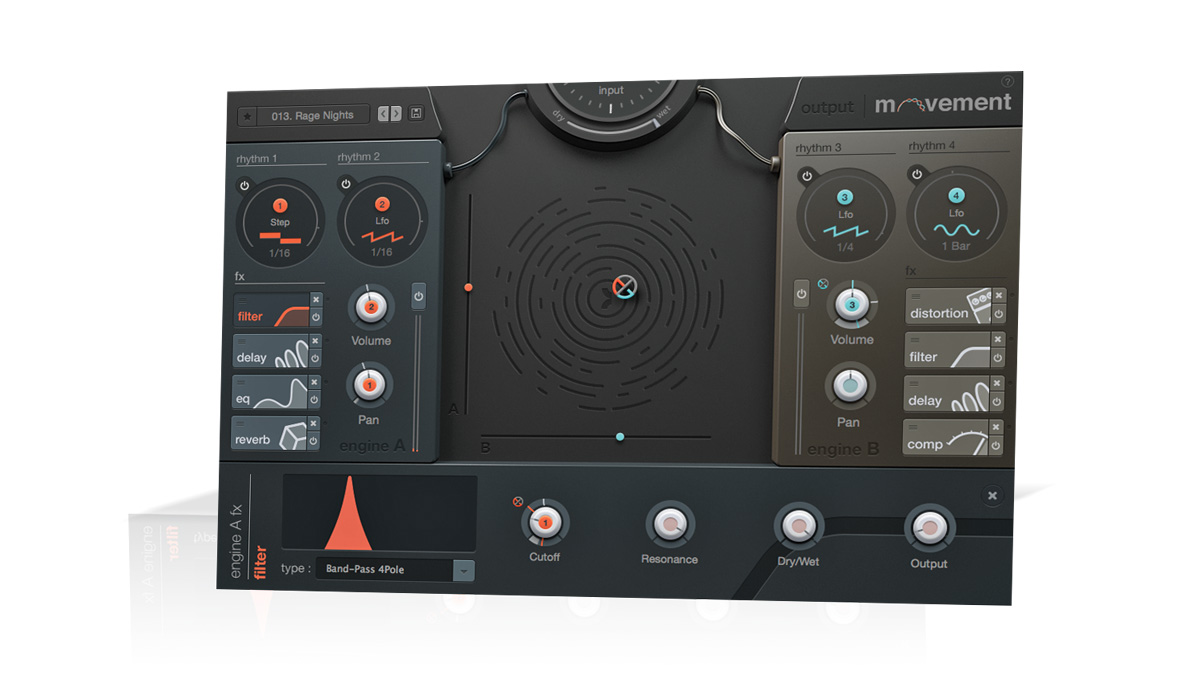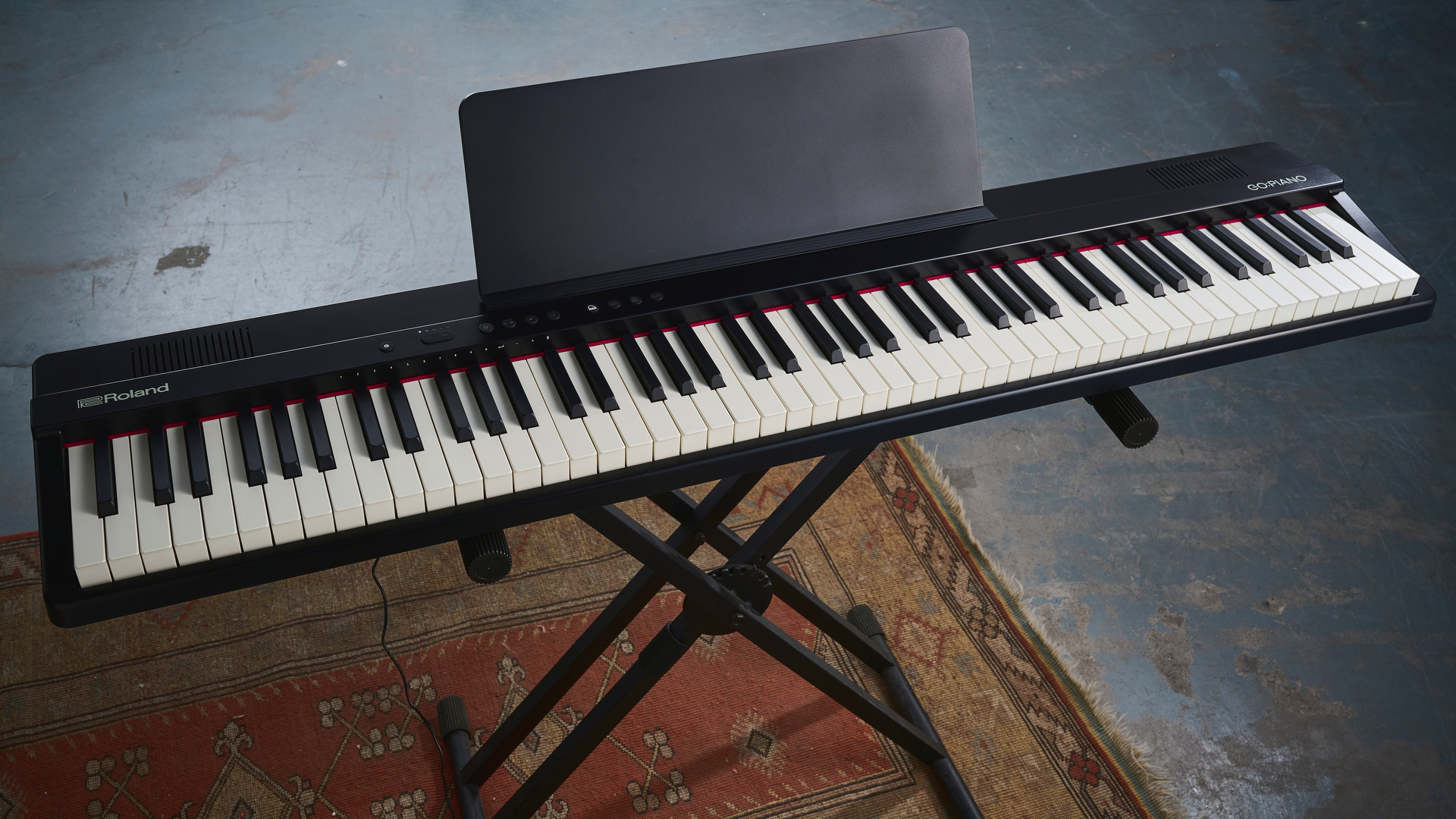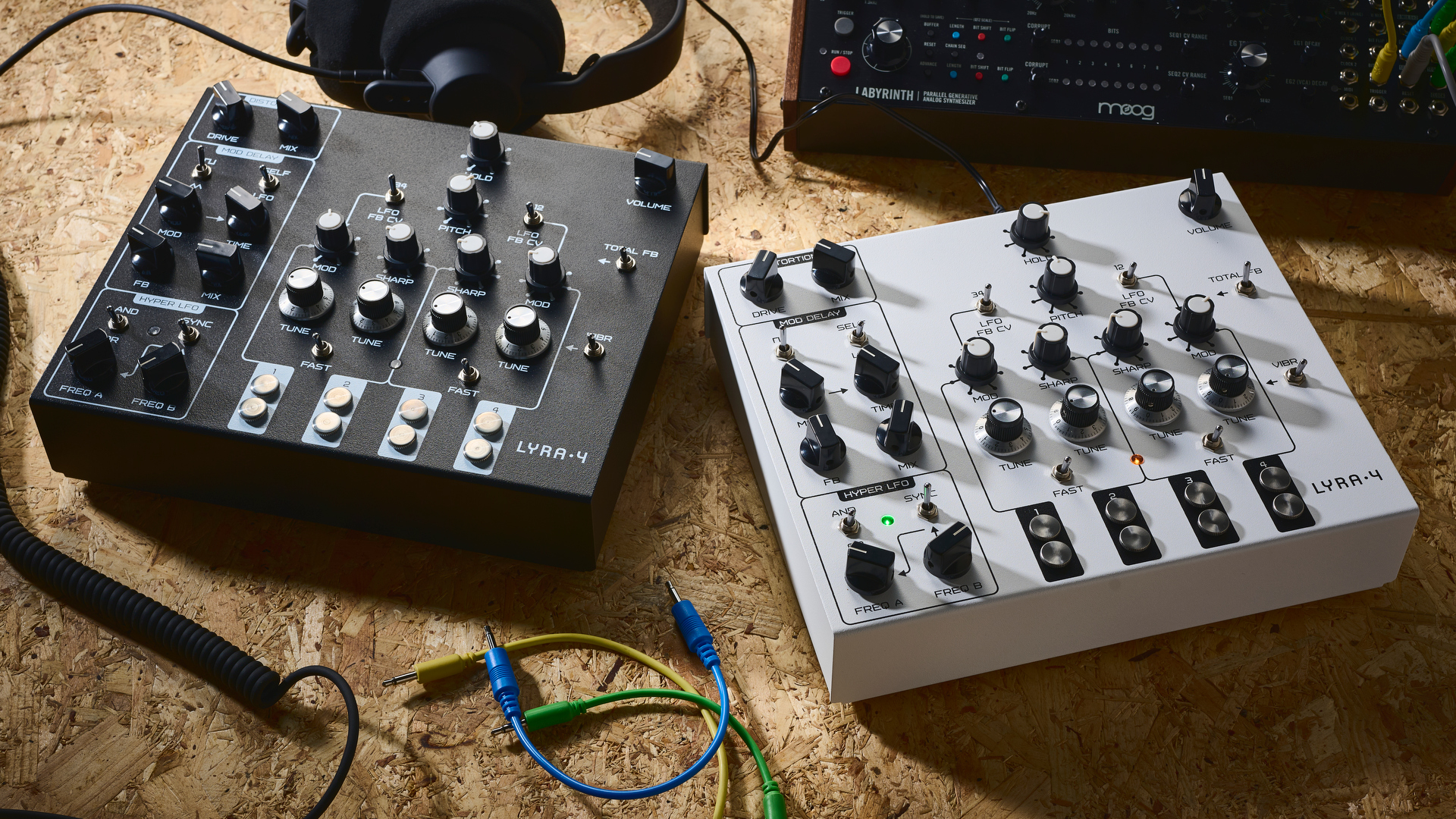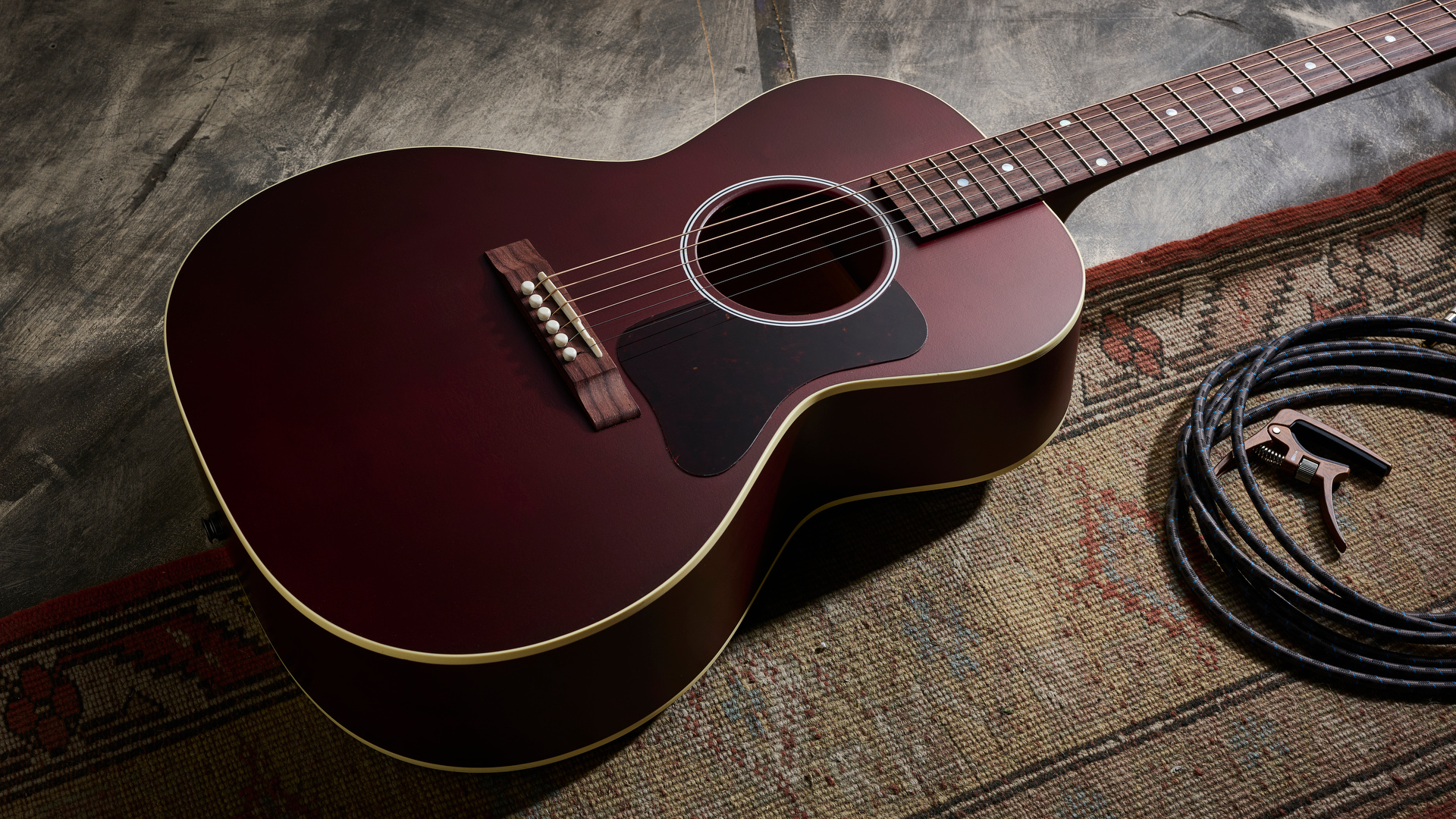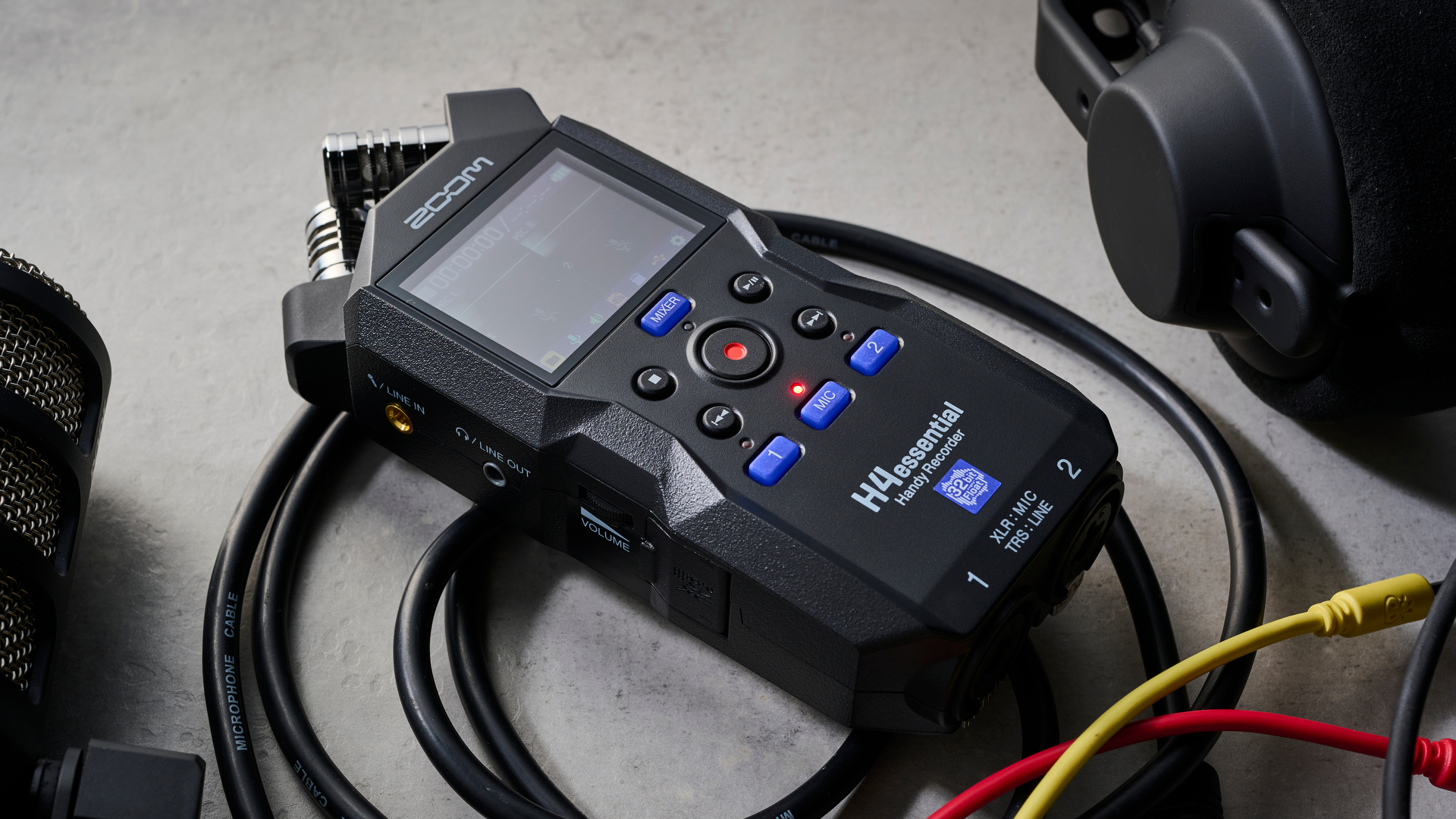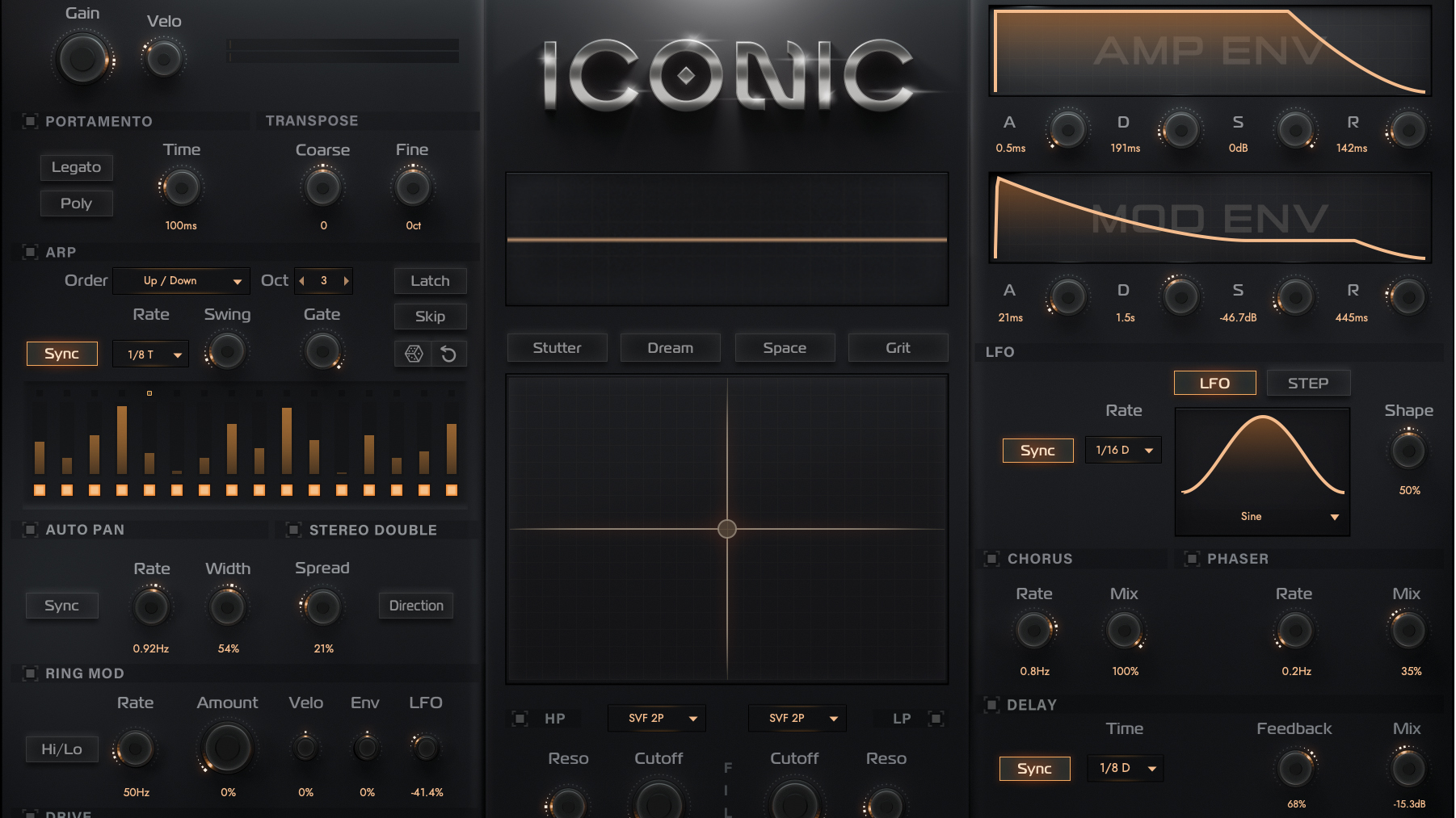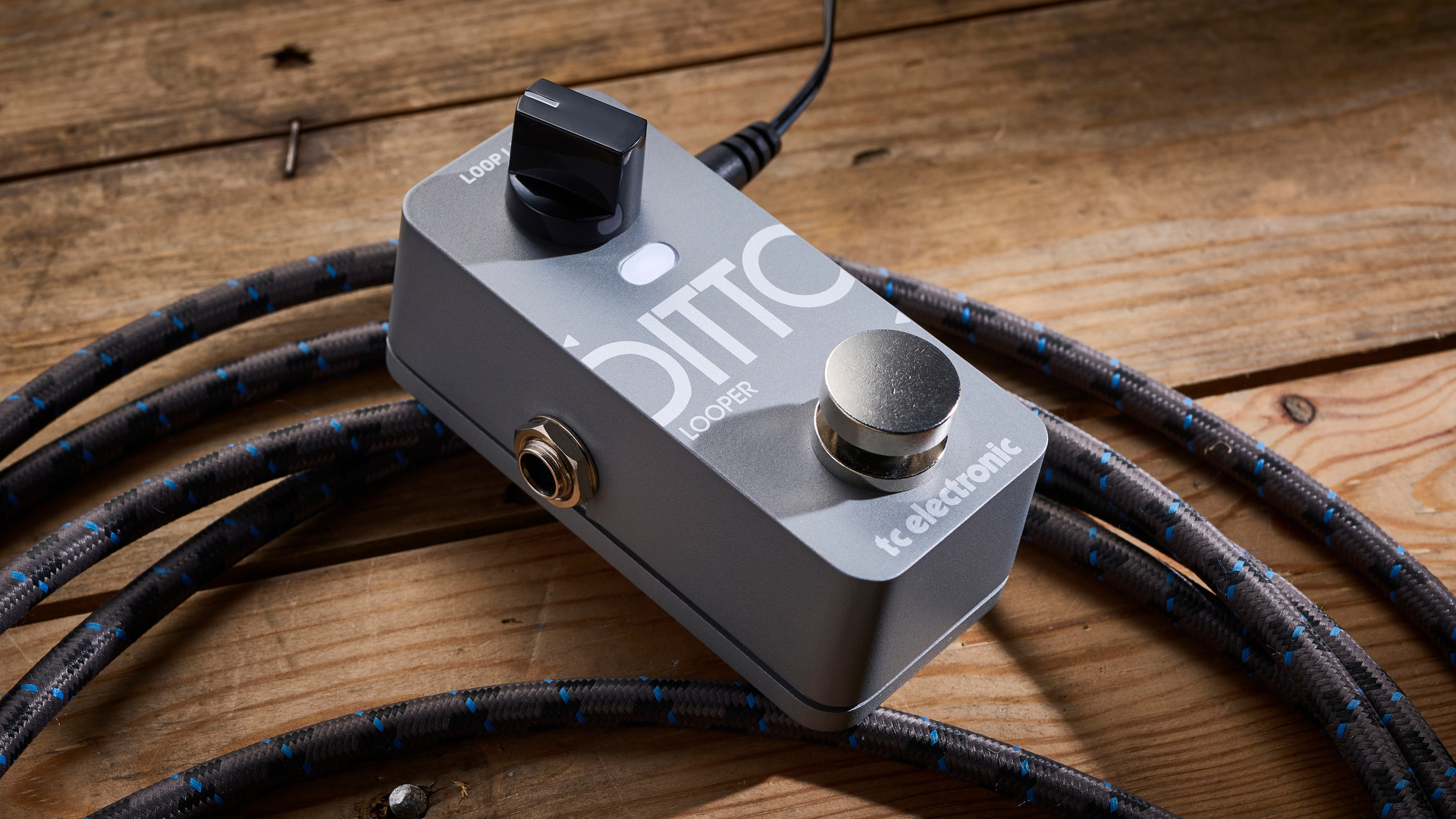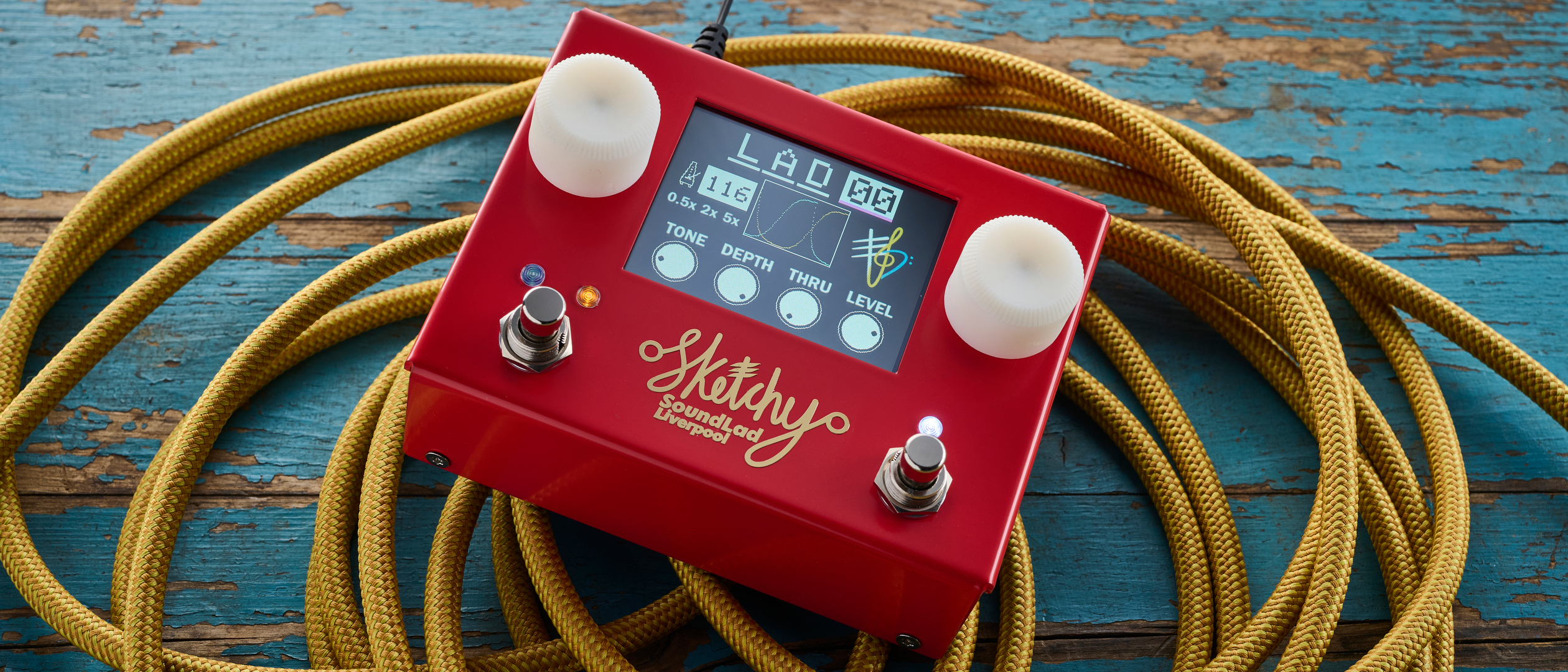MusicRadar Verdict
An inventive device with a firm rhythmic angle, Movement will leave your sounds fresh, vibrant and full of life.
Pros
- +
Inventive and modern effects. Intuitive layout. Flux feature for cross-modulation effects. X/Y pad for manual 'playing'.
Cons
- -
Not for the faint-hearted.
MusicRadar's got your back
Soundware purveyor Output has made a name for itself with solid Kontakt-based generators.
After their "pulse engine" Signal, "reverse instrument suite" Rev, and "vocal engine" Exhale, Movement marks Output's first foray into the world of VST/AU/AAX effects.
After hitting the usual bases of a multieffects plugin (delay, distortion, filters, EQ, compression and reverb), Movement then puts a new spin on the processes - quite literally - modulating its parameters rhythmically in the same vein as Xfer's LFOtool or Dmitry Sches' Tantra.
You get two wholly independent parallel effects 'engines', each with four slots into which you can drop one of the six effects. So far so normal, but here's where it gets interesting: each engine has two modulators.
Known as 'Rhythms', these can take the form of an LFO, a step sequencer or a sidechain signal, used to drive parameters of the loaded effects or the panning/volume of its engine. Parameters can also be assigned to an X/Y pad for further manual modulations.
Choose your Rhythm
For LFOs you can choose one of 12 different waveshapes varying from the simple triangle and sine through to more complex and random patterns. The rate is always synced to your host DAW's tempo and ranges from intervals of 8 bars down to 64th-notes, with triplet and dotted options a given.
You can adjust the start phase of the waveform, and there's a Chaos knob to add increasingly random shifts to the pattern. Finally, and most interestingly, a Flux switch enables one Rhythm modulator's rate to be modulated by the other Rhythm modulator in that engine, to create speeding up and slowing down effects.
The Step Sequencer gives you between 1 and 32 steps, the shape of which can be set to triangle, square, saw and double saw. There's no reverse saw (slow attack/sudden release), which might have been useful. Again, there's a selection of 12 patterns of varying complexity to choose from, a Swing knob to shift the rhythm, and Rate and Flux controls as in the LFOs.
The Sidechain option takes any audio applied to the sidechain input and uses its amplitude envelope to modulate assigned parameters. You can manipulate the sidechain audio with Gain, Attack and Release controls, and there's a delay Offset to fine-tune the timing.
Truly moved
There are a lot of variables with Movement, and a lot of scope for losing control of what's going on with all your various modulations and cross modulations.
Fortunately then, there's a useful library of presets from which to start, and once you get used to how it all works, you'll see the huge creative potential for sonic adventures. It's also very intuitive and easy to use once you get your head around it, and although initial results can seem a bit hit or miss, with some application and refinement, Movement is very impressive in its originality and modernity.
Computer Music magazine is the world’s best selling publication dedicated solely to making great music with your Mac or PC computer. Each issue it brings its lucky readers the best in cutting-edge tutorials, need-to-know, expert software reviews and even all the tools you actually need to make great music today, courtesy of our legendary CM Plugin Suite.
With its latest free update, Ableton has finally turned Note into the app I always wanted it to be
Technically capable, but struggle to make your tunes sound musical? 5 simple music theory hacks to make your tracks stand out
"Despite its size, it delivers impressive audio quality and premium functions as well as featuring a good selection of inspired sounds": Roland GO:Piano 88PX review
